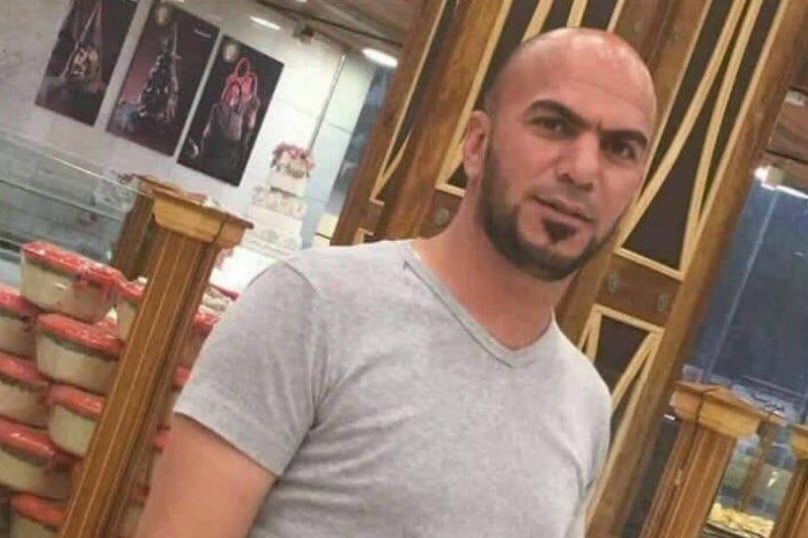
Matt Walsh is an opinion writer whose work I enjoy reading very much. A couple of months ago, he wrote about the outrage over the killing of Harambe the gorilla in order to protect a small child who had climbed into the enclosure at the zoo.
He surmised that every person who was outraged would nonetheless have wanted zoo staff to shoot the gorilla if they were trapped in the enclosure. He made the following comment: “You know a cause is phony when it has almost no martyrs.”
I liked the phrase so very much that I wrote it down on a post-it-note and stuck it above my desk along with other quotes I collect from time to time. It always makes me smile.
But when I glanced up at it recently, I found myself wondering if it were true. It seems that in this day and age, a phony cause is attracting lots of martyrs.
I’d arrived at work on Friday to the news that Mohamed Lahouaiej-Bouhlel had driven a rented truck into a crowd celebrating Bastille Day in Nice, France, killing 84 people and wounding many more. Despite his name, and ISIS claiming the attack as its work, Lahouaiej-Bouhlel’s family said that he was not a Muslim. We may never know his motives because he was shot dead at the scene. But irrespective of his reason, it had all the hallmarks of terrorism.
It seems that terrorist attacks occur with enough frequency that unless they occur in a “western” country, the attacks get very little attention. Terrorist violence is so common in some parts of the world it is deemed not to be newsworthy. Too many people are using their bodies as weapons, going to their death while killing as many innocent people as they can.
In the same week that a suicide bomber in Baghdad killed 300 people, five gunmen were killed after killing 24 people in a bakery in Dhaka, Bangladesh and three suicide bombers killed themselves and 45 others at Atatürk Airport in Istanbul.
No doubt Lahouaiej-Bouhlel and the others considered themselves to be martyrs and are being hailed as such by others. But they were not. There are many others, though, whose stories are emerging as a result of these and other attacks.
There were reports that an unidentified man was on his motorbike when Lahouaiej-Bouhlel began to drive his truck into the barricaded zone. The man jumped off his bike and tried to open the door of the moving truck in an attempt to stop the attack, but ended up falling beneath its wheels and getting run over. Other reports told of people picking up children and throwing them over fences to safety as they ran from the truck, conscious of the need to save the lives of children before their own.
A week earlier, Najih Shaker Al-Baldawi spotted a man wearing a suicide vest heading towards the Sayyed Mohammed Shrine in Balad, Iraq. He approached him and hugged him before the bomb detonated, taking the weight of the fatal explosion upon himself and ensuring that no others were killed.
Mother of 11, Brenda McCool, used her body as a “human shield” and stood in front of her son Isaiah at the Pulse nightclub in Orlando and was fatally shot instead of him.
This was not unlike the actions of Yannick Minvielle, who jumped in front of his girlfriend in the Bataclan Theatre attacks in November last year and took the fatal bullet aimed at her.
Also in November, after a suicide bomber had detonated his explosives outside a Beirut mosque and crowds were gathering to assist the injured, Adel Termos noticed a second suicide bomber approaching the crowd. The intent of this second man, it seemed, was to cause maximum damage by detonating his bomb once crowds rushed in to help.
Mr Termos ran towards him and tackled him, and like Mr Al-Baldawi, used his body to contain the explosion so that only he and the suicide bomber were killed.
These stories alongside those of the attackers illustrate the difference between real and false martyrdom.
False “martyrdom” is usually planned, often the result of months of calculated evil. True martyrdom is usually unplanned, but instead an instinctive response made possible by living a life of virtue.
False “martyrdom” is a single event, with the only relevant action in a false martyr’s life being the circumstances surrounding their death. True martyrdom is usually the culmination of daily acts of dying to self in smaller ways.
False “martyrdom” involves using your body as a weapon. True martyrdom often involves using it as a shield.
False “martyrdom” is sought after, with actions planned in such a way that the only outcome is death, either at the hands of the “martyr” or someone else. True martyrdom is not sought after, it is accepted, even when sometimes true martyrs put themselves in situations where martyrdom is more likely.
Please God, none of us will ever be in a situation where we will need to accept martyrdom. But just in case, we should practise daily acts of martyrdom so that our instinctive reaction is to save others if the moment arises.
